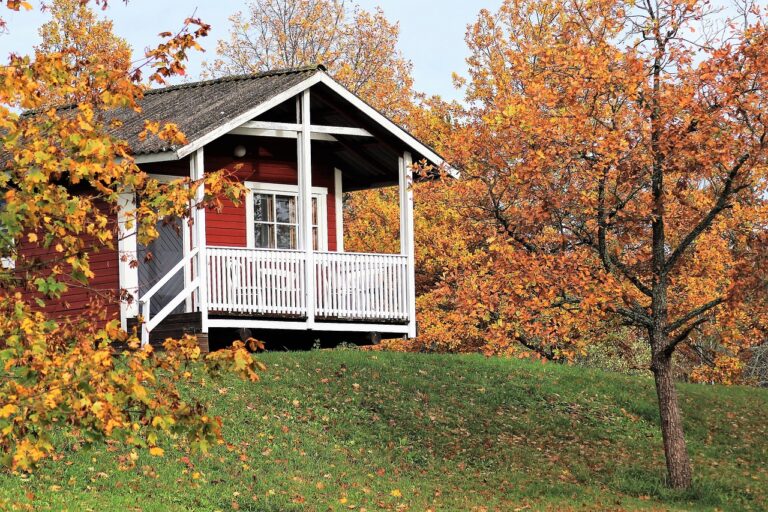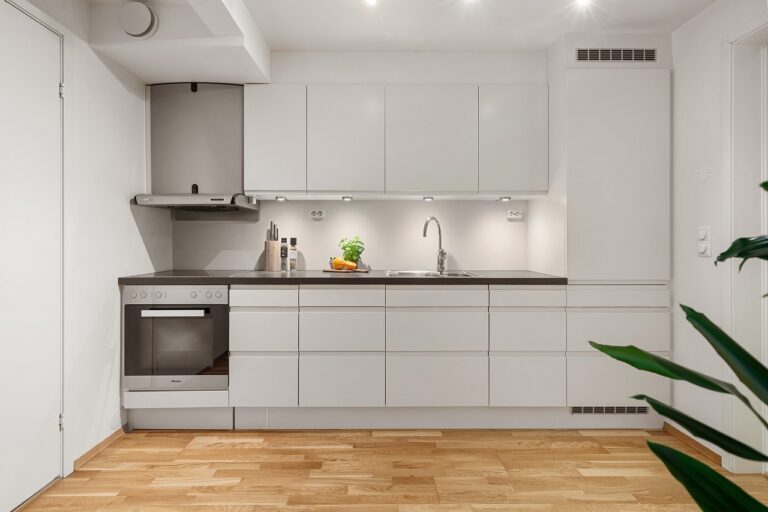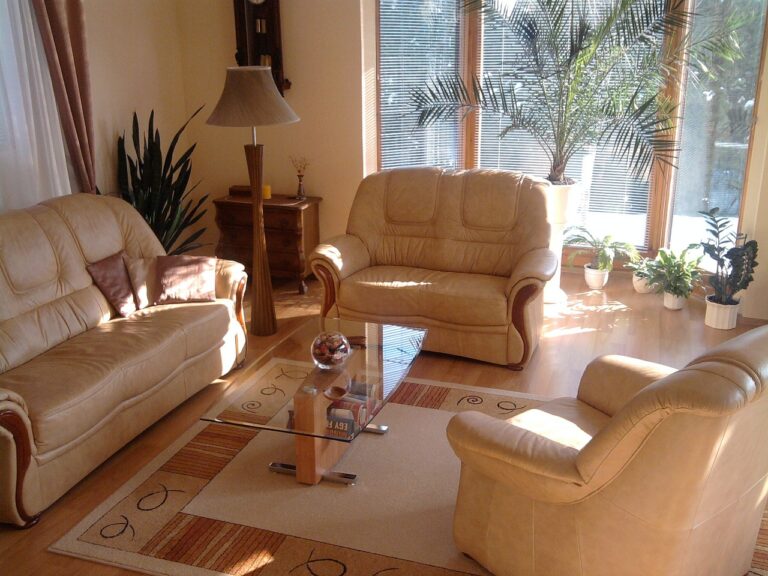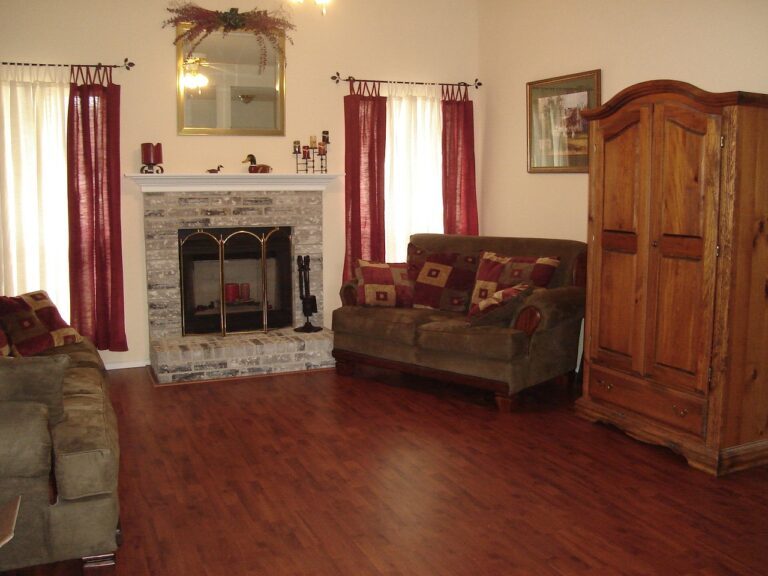The Role of Home Weatherization in Energy Efficiency
Home weatherization plays a crucial role in enhancing the overall energy efficiency of a home. By properly sealing drafts and gaps in windows, doors, and walls, homeowners can significantly reduce energy loss. This not only lowers utility bills but also lessens the environmental impact by decreasing the reliance on heating and cooling systems.
Moreover, investing in home weatherization can help improve the comfort levels within the living space. By preventing cold drafts in the winter and keeping cool air in during the summer, homeowners can create a more consistent and cozy indoor environment. This also contributes to a healthier home by reducing moisture levels and potential mold growth, leading to a more sustainable and comfortable living space.
Understanding Energy Efficiency
Energy efficiency is a key factor in reducing the energy consumption of a home. By improving energy efficiency, homeowners can lower their utility bills and decrease their carbon footprint. Insulating the walls, floors, and attic of a home is one effective way to improve energy efficiency by preventing heat loss in the winter and heat gain in the summer.
Another important aspect of energy efficiency is upgrading to energy-efficient appliances and lighting fixtures. Energy Star-rated appliances consume less energy than traditional models, leading to long-term cost savings. Additionally, switching to LED light bulbs can significantly reduce energy usage due to their lower energy consumption and longer lifespan. By taking steps to enhance energy efficiency in the home, homeowners can create a more sustainable and cost-effective living environment.
Common Areas for Weatherization
One key area to focus on when weatherizing your home is the doors and windows. To prevent air leakage, it’s important to ensure that all gaps and cracks around doors and windows are properly sealed with weatherstripping or caulking. By addressing these areas, you can significantly improve the energy efficiency of your home and reduce your heating and cooling costs.
Another common area for weatherization is the attic. Proper insulation in the attic is crucial in maintaining a comfortable temperature in your home and preventing heat loss during the winter months. By adding or upgrading insulation in the attic, you can help to keep your home warm in the winter and cool in the summer, leading to increased energy savings and overall comfort for you and your family.
– Check doors and windows for gaps and cracks
– Seal gaps with weatherstripping or caulking to prevent air leakage
– Improve energy efficiency and reduce heating/cooling costs
– Focus on the attic for weatherization
– Proper insulation in the attic is crucial for maintaining a comfortable temperature
– Prevent heat loss during winter months by adding or upgrading insulation
– Increase energy savings and overall comfort for you and your family
What is the importance of home weatherization?
Home weatherization helps to improve energy efficiency, reduce energy bills, and create a more comfortable living environment by sealing up air leaks and adding insulation.
How can understanding energy efficiency benefit homeowners?
Understanding energy efficiency can help homeowners make informed decisions about their energy usage, leading to cost savings and environmental benefits.
What are some common areas for weatherization in a home?
Common areas for weatherization include sealing air leaks around windows and doors, adding insulation to attics and walls, and maintaining heating and cooling systems for optimal efficiency.







